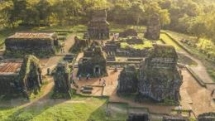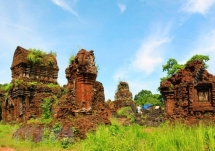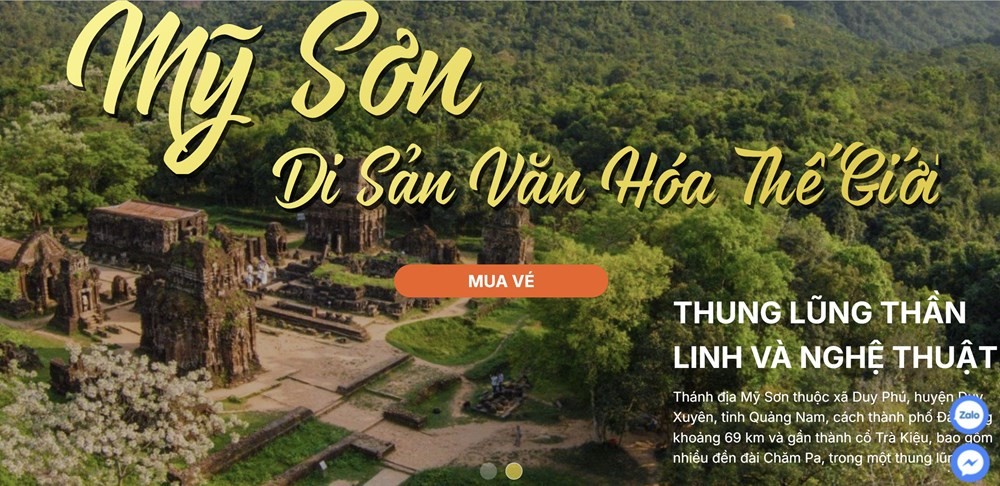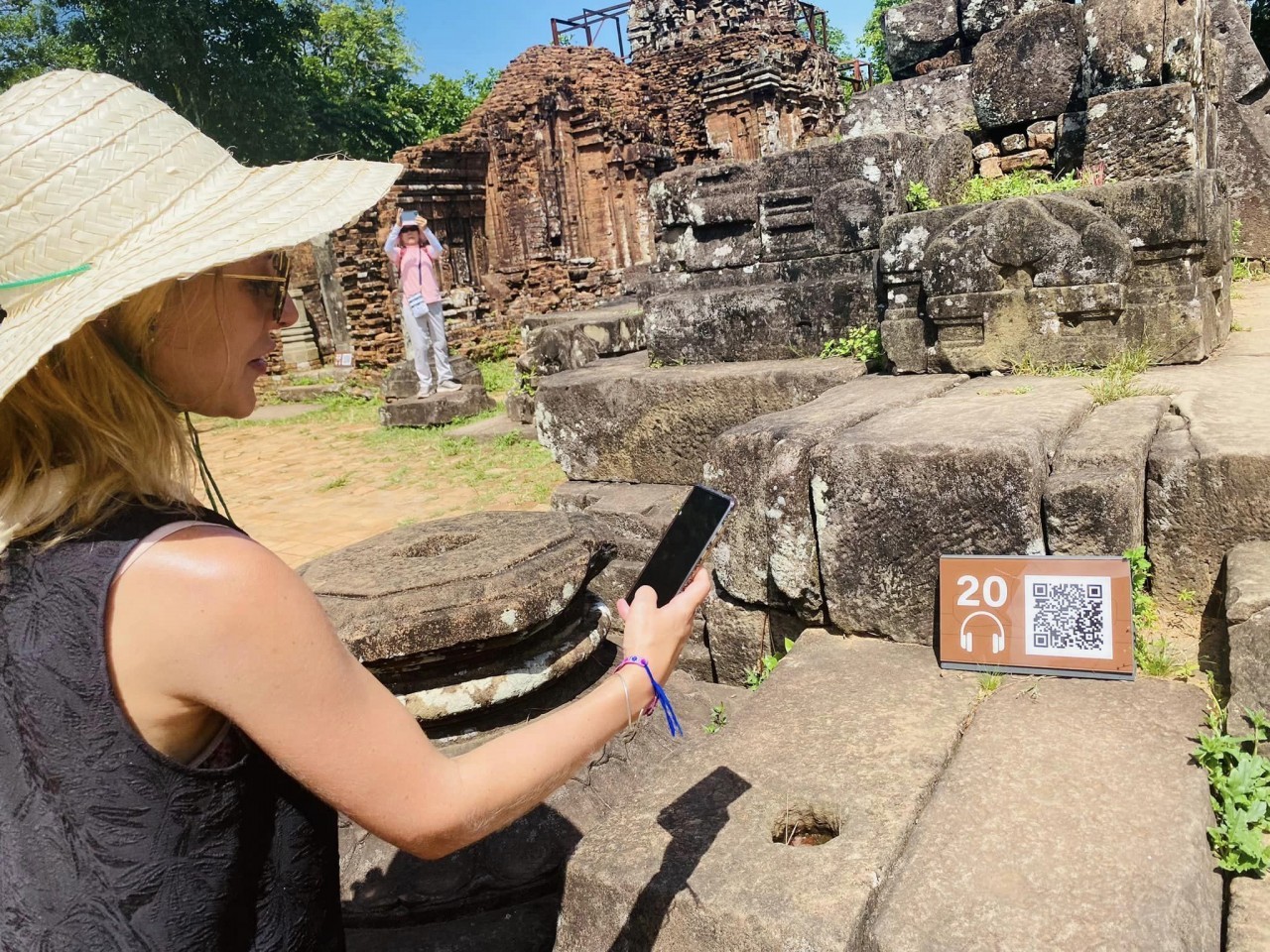More proofs of 'Vietnam-India connection' in newly unearthed 1100-yrs-old Shiva Linga
| Indian, Russian experts help with preservation of My Son sanctuary | |
| Restored towers at My Son sanctuary ready to serve visitors | |
| My Son tower needs urgent restoration |
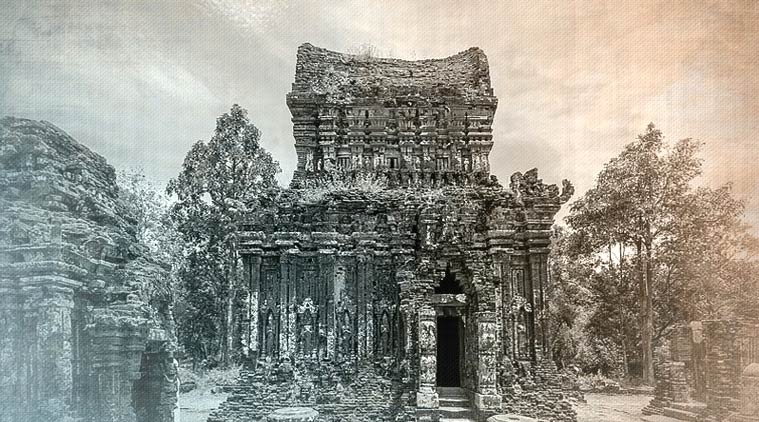 |
| My Son is a cluster of ancient Hindu temples dedicated to Lord Shiva in the Quảng Nam province of central Vietnam. (Source- Wikimedia Commons/Supanut Arunoprayote.) |
Last week, a four-member restoration team of the Archaeological Survey of India (ASI) discovered an 1100-year-old monolithic sandstone shiva lingam, a representation of the Hindu deity Shiva, in Vietnam’s My Son Sanctuary.
The My Son temple complex is known to have been constructed between the fourth and 14th centuries by the rulers of Champa, an Indianised kingdom of the Austronesian ethnic group known as Chams, located across the coast of central and southern Vietnam. According to an official from the ASI, before this, six other shiva lingams had been discovered at the site during the ongoing process of restoration, but the present finding is believed to be the most magnificent one.
For that matter, My Son, is one among the many archaeological remnants in Southeast Asia that are testimony to the strong cultural, linguistic, and religious links that have existed with India since the beginning of the Christian era.
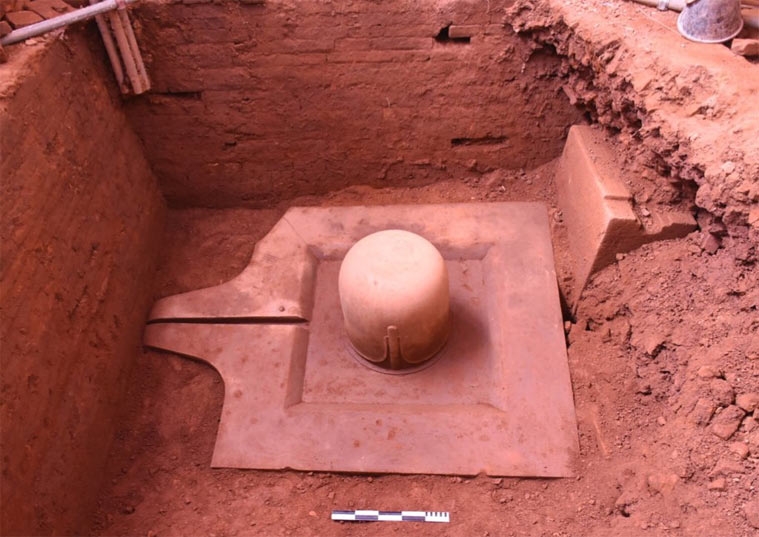 |
| According to an official from the ASI, before this, six other shiva lingams had been discovered at the site during the ongoing process of restoration, but the present finding is believed to be the most magnificent one. (Source- Twitter/ Dr. S. Jaishankar) |
The kingdom of Champa that gave rise to the My Son temple complex
Renowned author and senior journalist Gitesh Sharma in his book, ‘Traces of Indian culture in Vietnam’ writes that ‘the Champa or Cham ethnic group is one among the 54 ethnic minority groups of Vietnam, whose ancestors had established a Hindu kingdom in Vietnam during the third century, which lasted for more than a thousand years.”
While the name Champa is believed to have its roots in ancient literature written in Sanskrit and Pali, it was also the name of the capital of the Magadha Empire in the fifth century BCE under emperor Bimbisara. “It appears that the first Indian settlers to Vietnam were from the Champa region (Bhagalpur in Bihar) and possibly that is why they preferred to be referred to as the Champa community. Subsequently, those who migrated from various places of India viz. Kaliga (Orissa), Amravati (Andhra Pradesh), and Gujarat were also addressed as Chams or Champa,” writes Sharma
At present several aspects of Cham culture have strong links with Hindu and Buddhist belief systems. For instance, they observe the Saka Samvat, a calendar that is believed to have been introduced by emperor Kanishka of the Kushan dynasty in 78 AD. Many of the sub-communities among the Chams, also follow the Hindu tradition of cremating the dead and worshipping the remains every year as a way of paying homage to their ancestors. “The Chams introduced the Indian technique of rice cultivation during the 4th-5th century CE, or maybe even earlier, which they had carried with them from India,” writes Sharma.
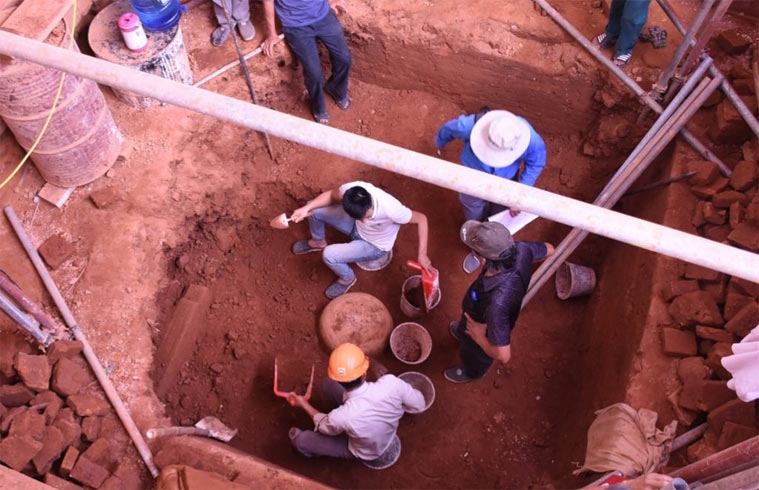 |
| ASI has been restoring the My Son temple complex since 2011. (Source- Twitter/ Dr. S. Jaishankar) |
The earliest available evidence of building activity at My Son, which was the religious capital of the Champa kingdom, is from the era of king Bhadravarman I who ruled in the fourth century CE. He is noted to have built a hall containing a lingam to worship God Shiva. Almost all the temples existing at My Son are dedicated to God Shiva, known under various local names. Over time the complex developed into a space of religious ceremony for kings, as well as a burial place for Cham royalty. Most of the existing temples in the complex were built in the ninth and tenth centuries.
Speaking about the significance of the recent discovery made by ASI, archaeologist Ravindra Singh Bisht says “it is yet another evidence of the extension of Indian culture in Southeast Asia.” “However, it is not unexpected. Large parts of Southeast Asia were either Hindu or Buddhist in the past. In the course of conservation work in these countries, several such artefacts have come to light, such as inscriptions in chaste Sanskrit, images of Goddess Durga and God Ganesh, apart from Shiva lingas,” he adds.
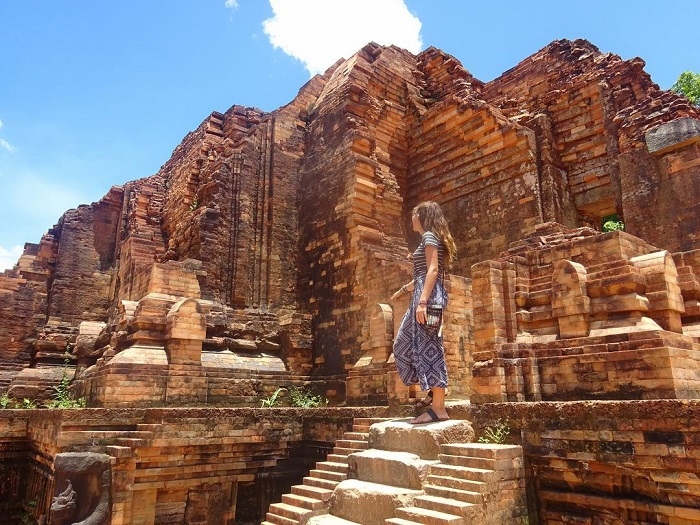 |
| A foreign tourists visitng Vietnam's My Son Sanctuary. |
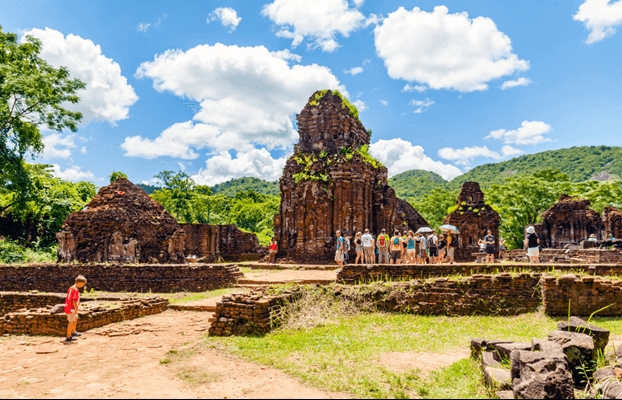 | 1100-year-old monolithic sandstone Shiv linga unearthed in Vietnam's My Son Sanctuary Archeological Survey of India (ASI) has recently discovered a 9th-century era monolithic sandstone Shiv Ling during their on-going conservation project in the Cham Temple Complex, ... |
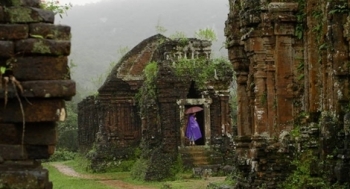 | Indian experts help Quang Nam preserve My Son Sanctuary Indian experts since April have joined hands with Vietnamese colleagues to begin restoration of a complex of towers considered the core area of the world cultural ... |
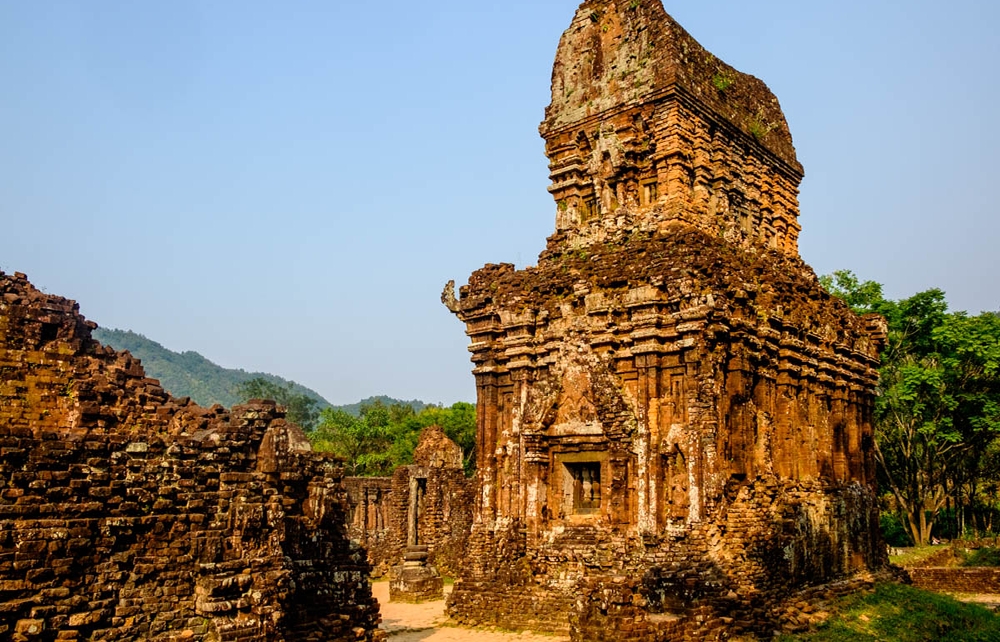 | Indian experts help Vietnam restore My Son Sanctuary Vietnamese experts have partnered with Indians to start restoring core towers complex of the UNESCO Cultural Heritage site My Son Sanctuary, central Vietnam. |
Recommended
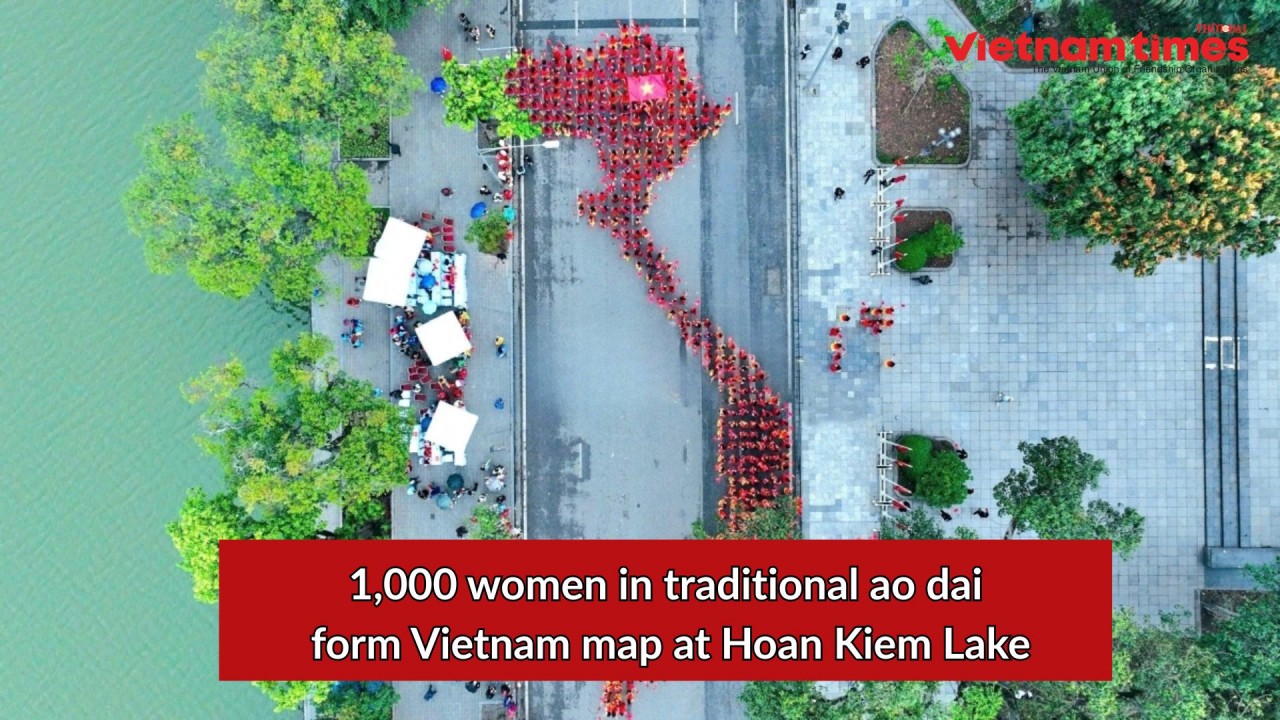 Viet's Home
Viet's Home
1,000 Women in Traditional Ao Dai Form Vietnam Map at Hoan Kiem Lake
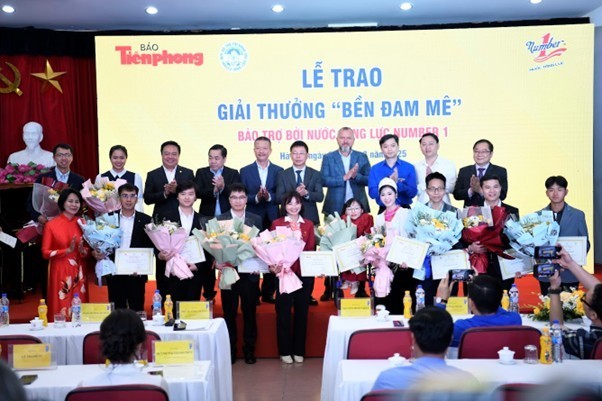 Vietnamese Herbal Tea
Vietnamese Herbal Tea
"Enduring Passion" Award Spreads Spirit of Perseverance and Dedication to Vietnam Youth
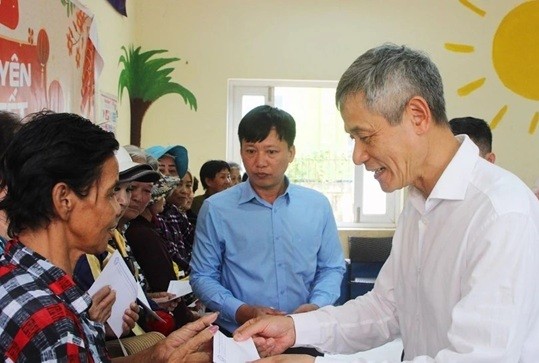 Viet's Home
Viet's Home
Embassy Supports Vietnamese people in Northwest Cambodia
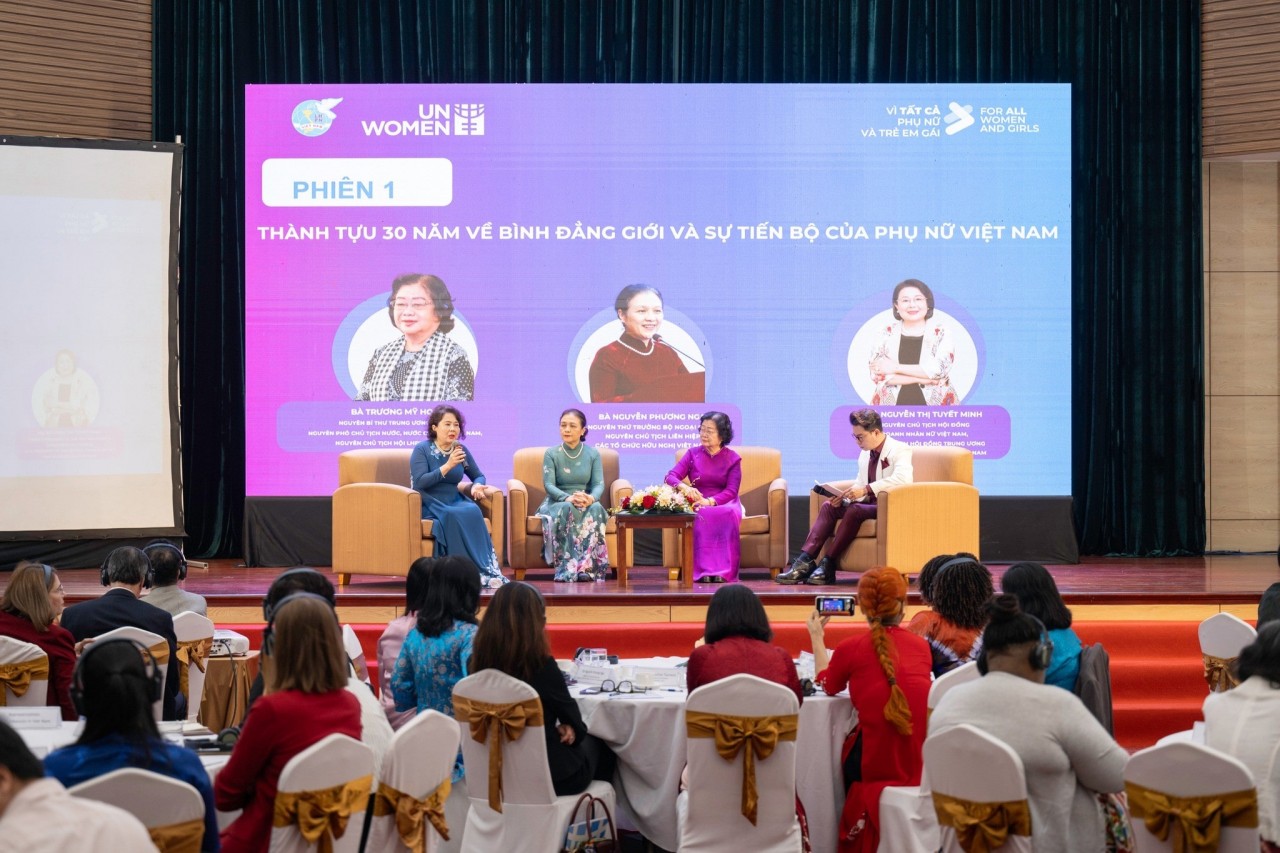 Viet's Home
Viet's Home
Vietnam Marks Significant Milestones in Gender Equality
 Viet's Home
Viet's Home
Good Neighbors Vietnam Assists Students to Pursue their Aspiration
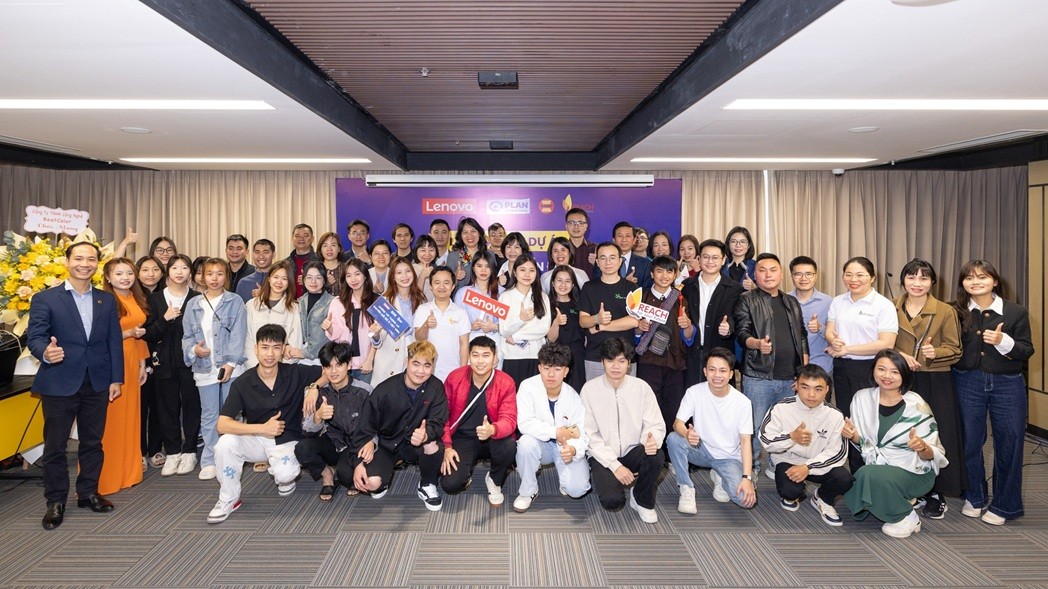 Viet's Home
Viet's Home
Enhancing Digital Skills of Vietnam's Disadvantaged Youth
 Viet's Home
Viet's Home
Former American Soldier and the Violin’s Echo at Son My Memorial
 Viet's Home
Viet's Home

